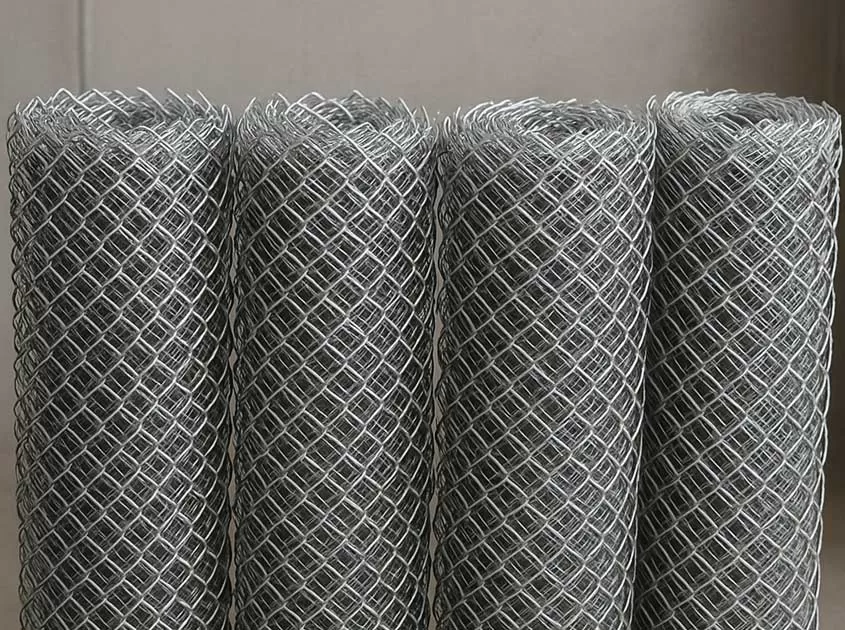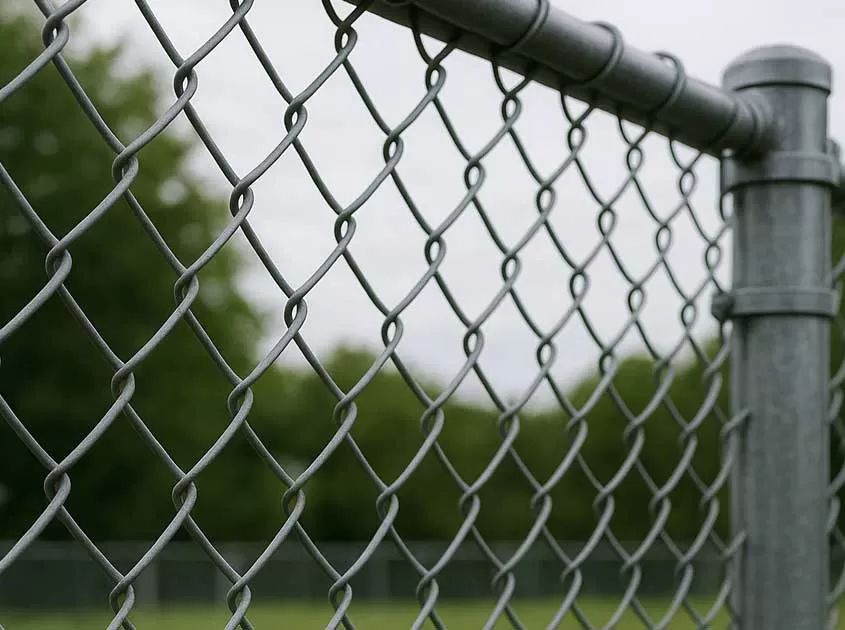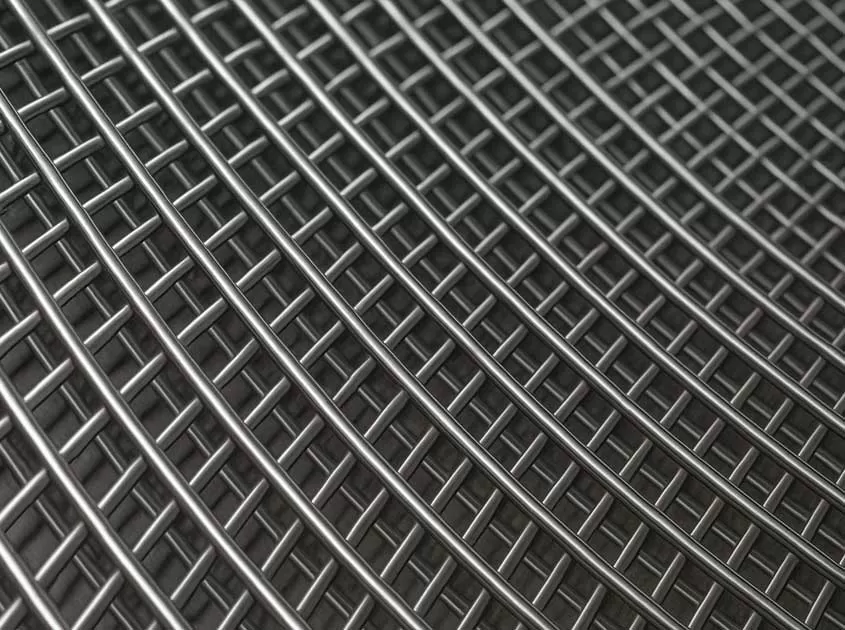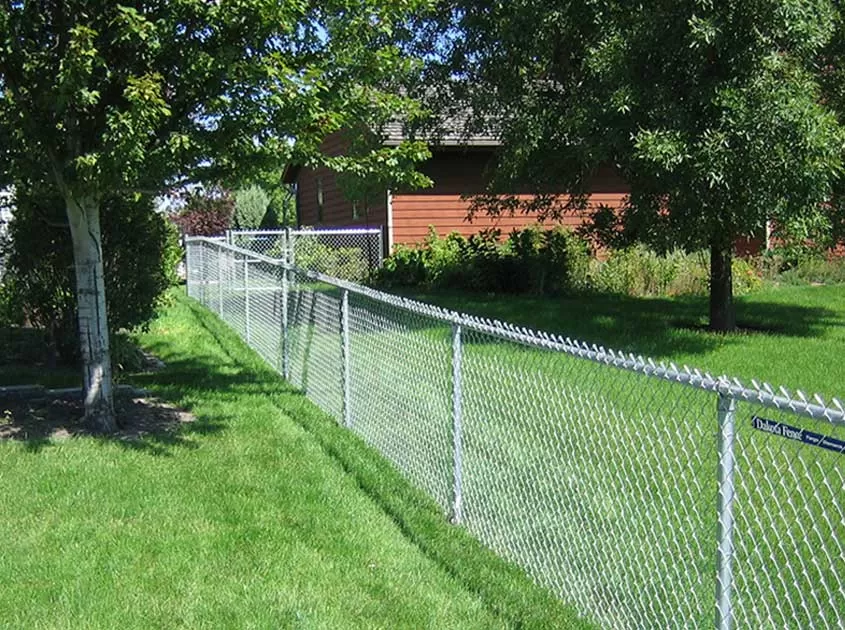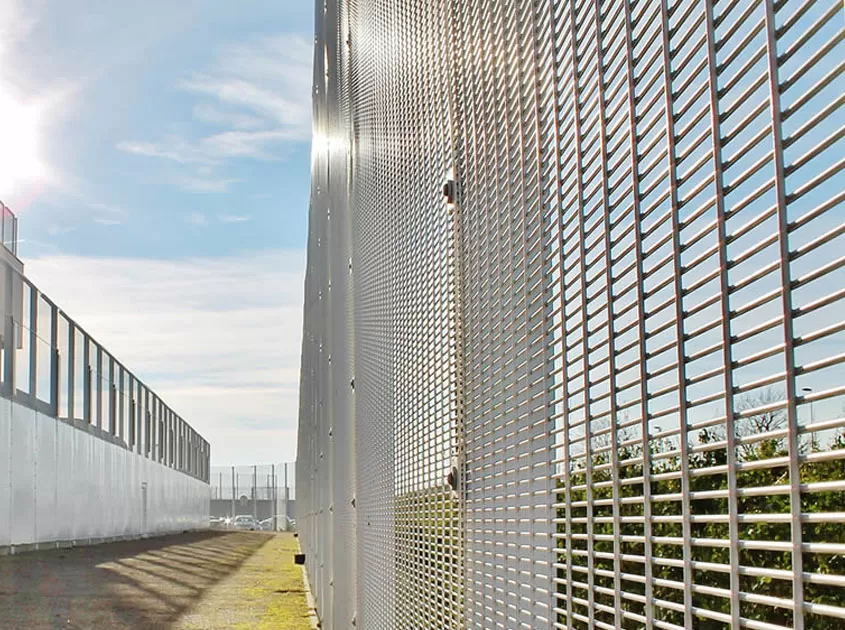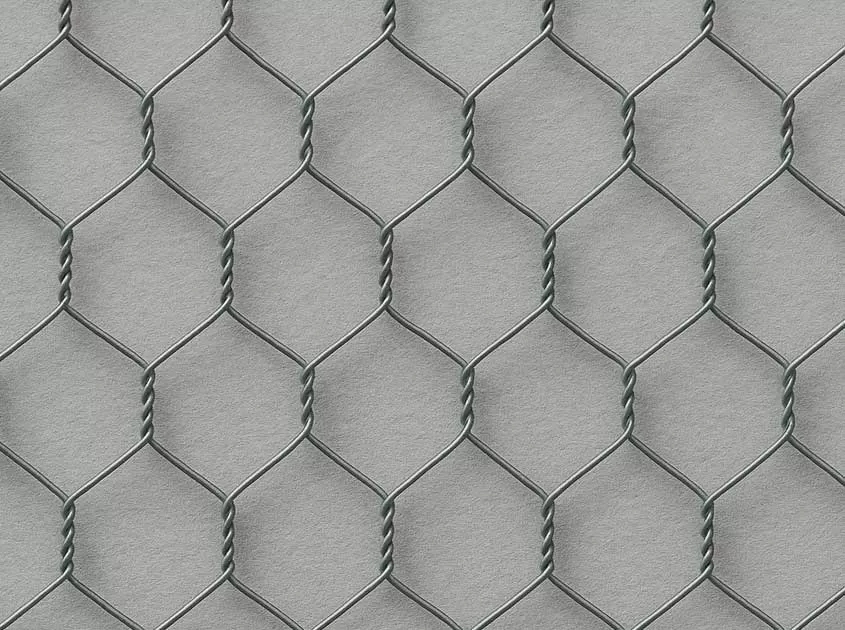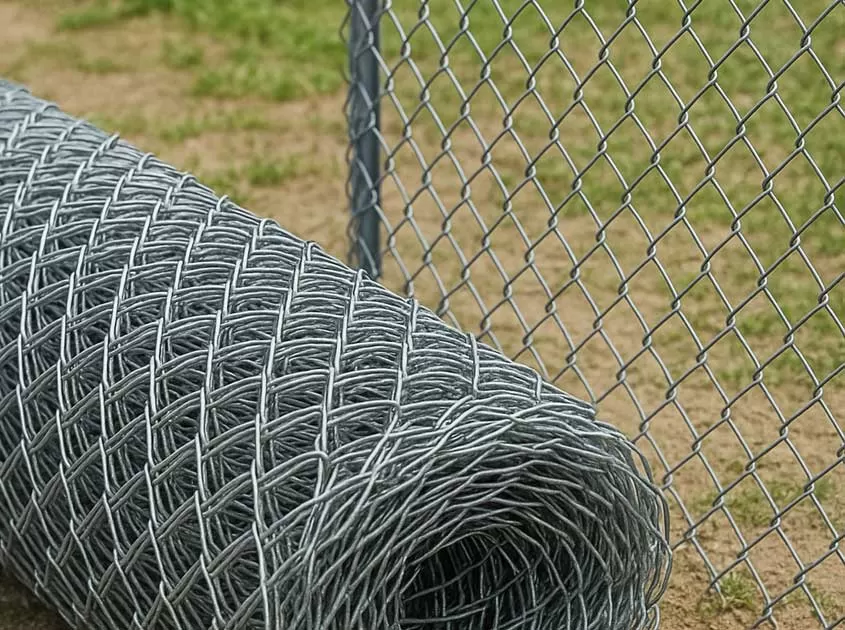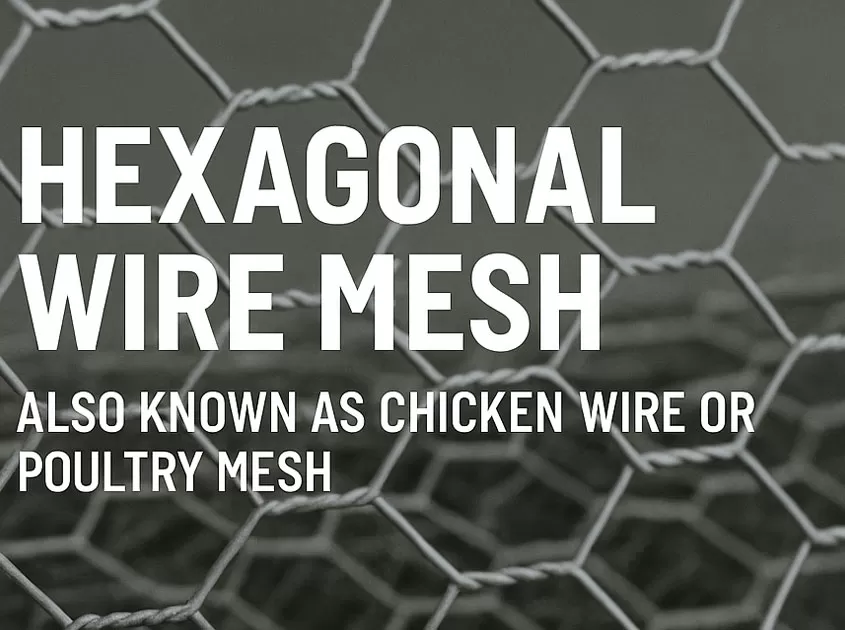Environmental protection characteristics and sustainable development of barbed wire
In the context of today's pursuit of environmental protection and sustainable development, barbed wire, as a material and product, has many environmental characteristics and sustainability advantages. This article will explore the environmentally friendly properties of barbed wire and its role in promoting sustainable development, demonstrating its sustainable applications and contributions in construction, agriculture and other fields.
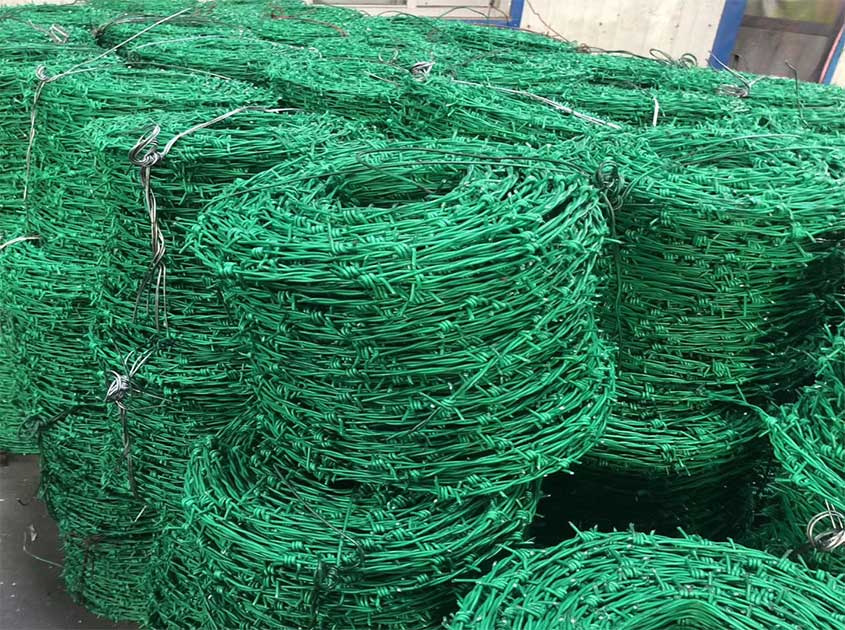
Part 1: Environmental protection characteristics of barbed wire
Recyclability: barbed wire is made of metal materials, which can be recycled through recycling and reuse, reducing resource consumption and environmental load.
Durability: Barbed wire is durable, corrosion-resistant, and has a long service life, which reduces the frequent replacement and disposal of other materials and reduces the generation of waste.
Low-energy manufacturing: The manufacturing process of barbed wire is relatively simple, and the energy consumption is low, which reduces energy consumption and carbon emissions in the production process.
Eco-friendly: Barbed wire has less impact on the ecological environment during use, will not release harmful substances or produce pollution, and has less interference with ecosystems and biodiversity.
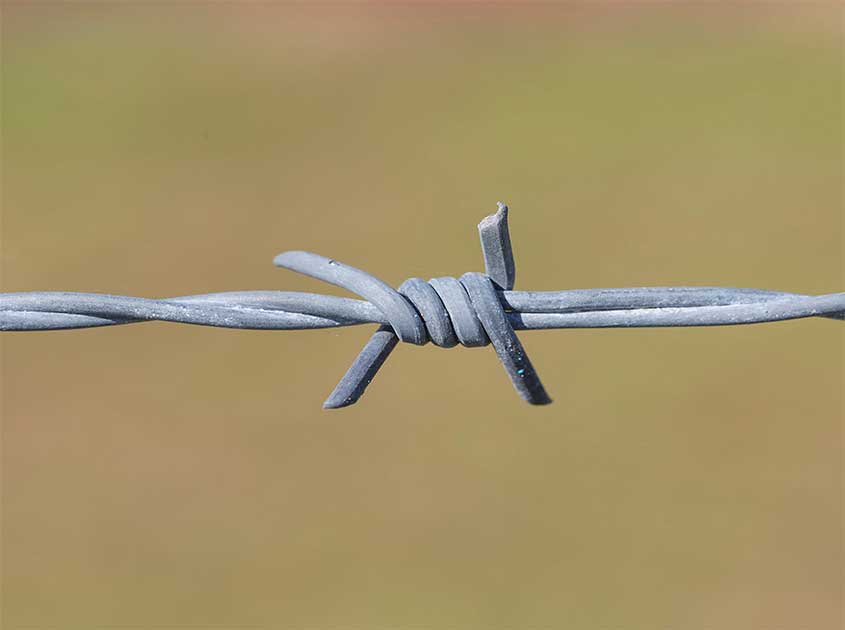
Part II: Application and contribution of barbed wire in sustainable development
Construction field: As the choice of construction materials, barbed wire can be applied to building exterior walls, fences, screens, etc., providing lightweight, strong and environmentally friendly solutions.
Agricultural field: The application of barbed wire in agricultural greenhouses, horticulture and vegetable planting can provide sustainable support structures, insect nets and supports to promote efficient and environmentally friendly agricultural production.
Environmental protection: The application of barbed wire in rivers, lakes and oceans can be used as fence nets, aquaculture nets, etc. to protect the ecological environment of waters and aquatic biological resources.
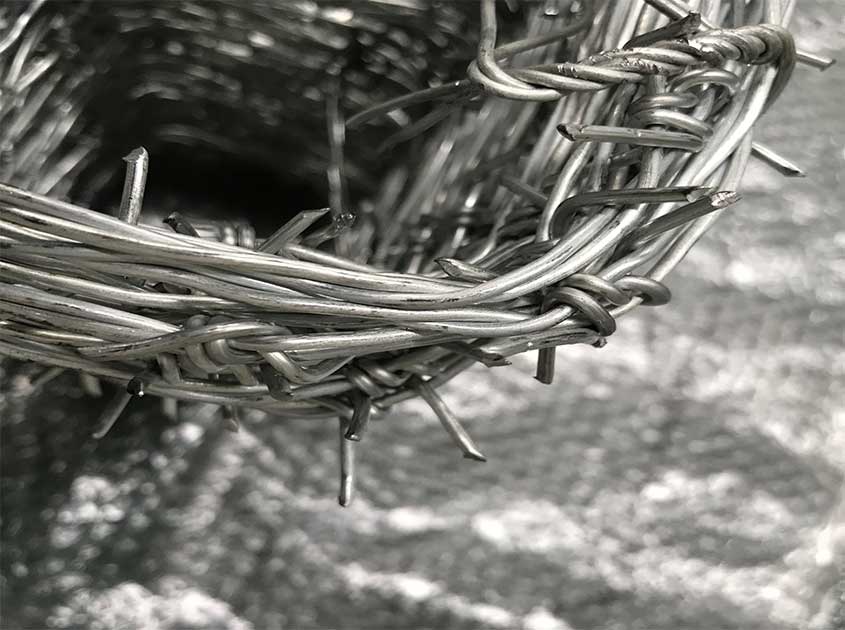
-
 Corrosion-Resistant Stainless Steel Wire Mesh Oct 28, 2025
Corrosion-Resistant Stainless Steel Wire Mesh Oct 28, 2025

- Tel.: +86 311 83077076
- E-mail: sales@qunkunmetal.com
- Skype: qunkunsales01
- WhatsApp: 8618032412189
- Add.: No.69 The Filter Industrial Part of Anping, Hebei, China




